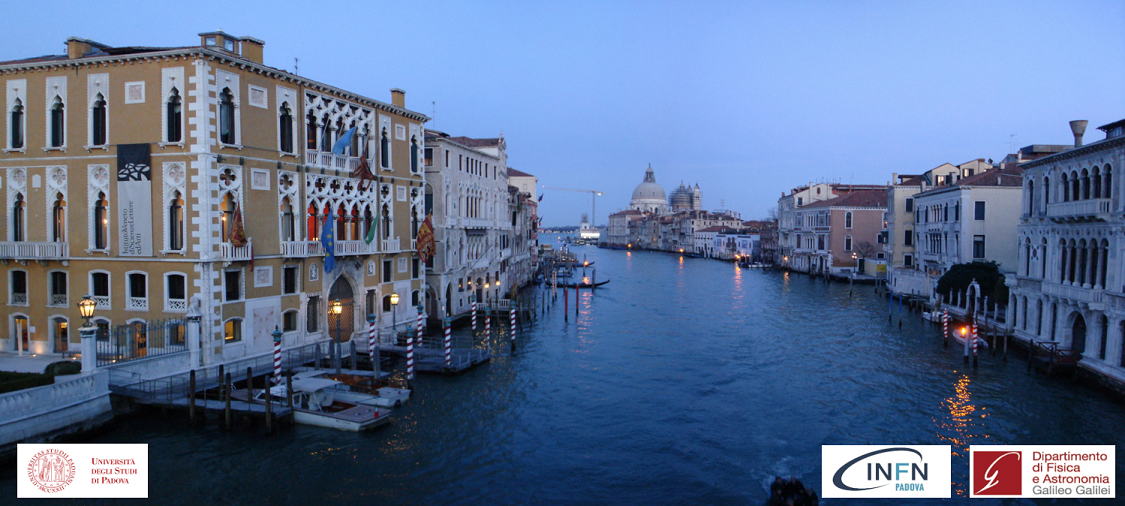Speaker
Description
The IceCube DeepCore detector located at the South Pole has been collecting GeV-scale atmospheric neutrino data for the past decade. At these energies, Earth-crossing muon neutrinos have a high chance of oscillating to tau neutrinos. DeepCore is able to measure the atmospheric oscillation parameters with a precision comparable to accelerator-based experiments, while also complementing accelerator measurements because it probes longer distance scales and higher energies, well above the tau lepton production threshold. In recent years, DeepCore’s measurement of the atmospheric oscillation parameters have improved significantly due to improvements in background rejection, reconstruction techniques, particle identification, and modeling of systematic uncertainties, in addition to extra years of data.
IceCube’s ability to measure these parameters will undergo further significant improvements with the construction of the IceCube Upgrade in the 2025-2026 Antarctic season. The IceCube Upgrade will consist of 7 additional densely-instrumented strings within the DeepCore region, and the additional modules will greatly increase detector performance for GeV-scale neutrinos. In combination with the existing decade of DeepCore data, the IceCube Upgrade will provide world-leading sensitivity to atmospheric muon neutrino disappearance, atmospheric tau neutrino appearance, and the neutrino mass ordering.

